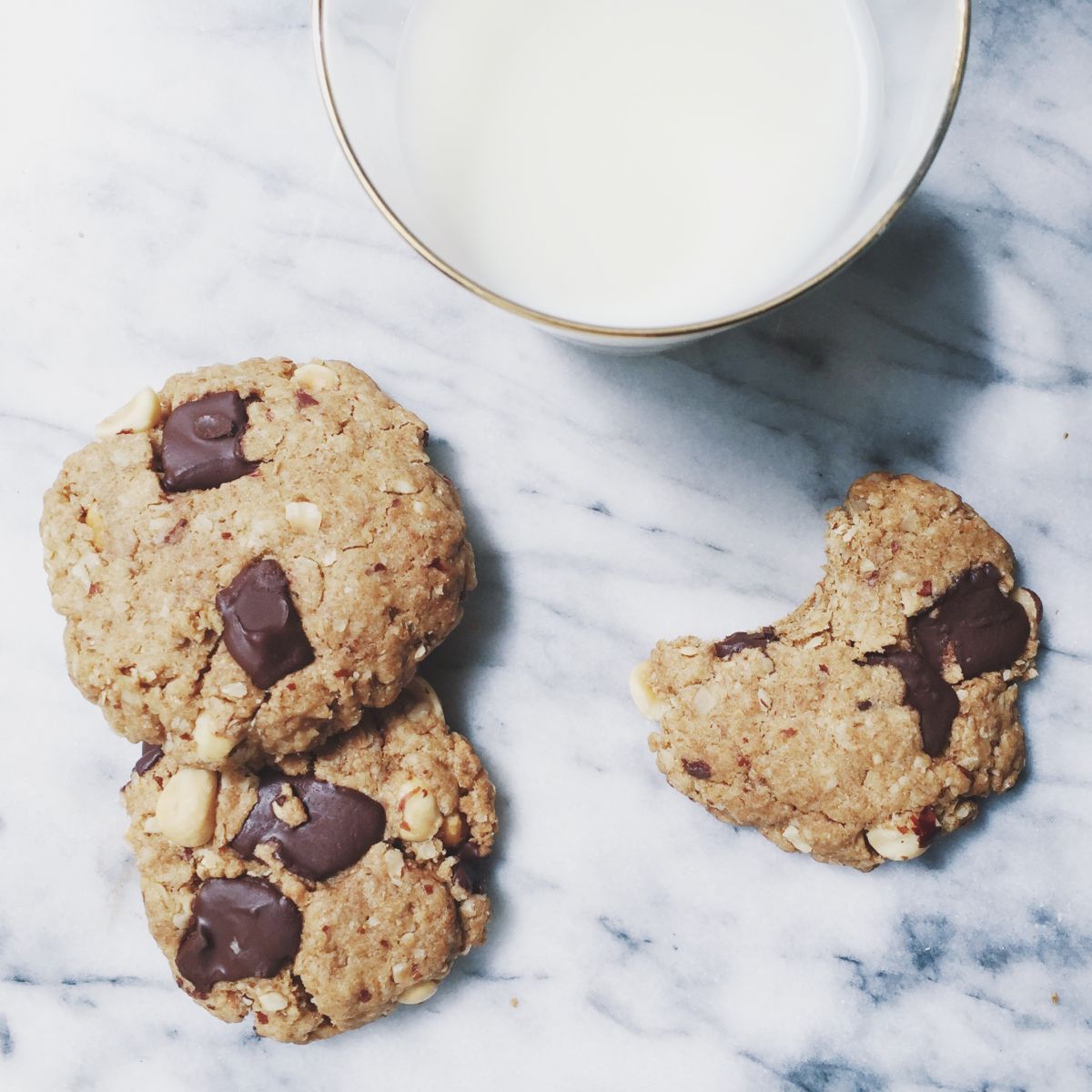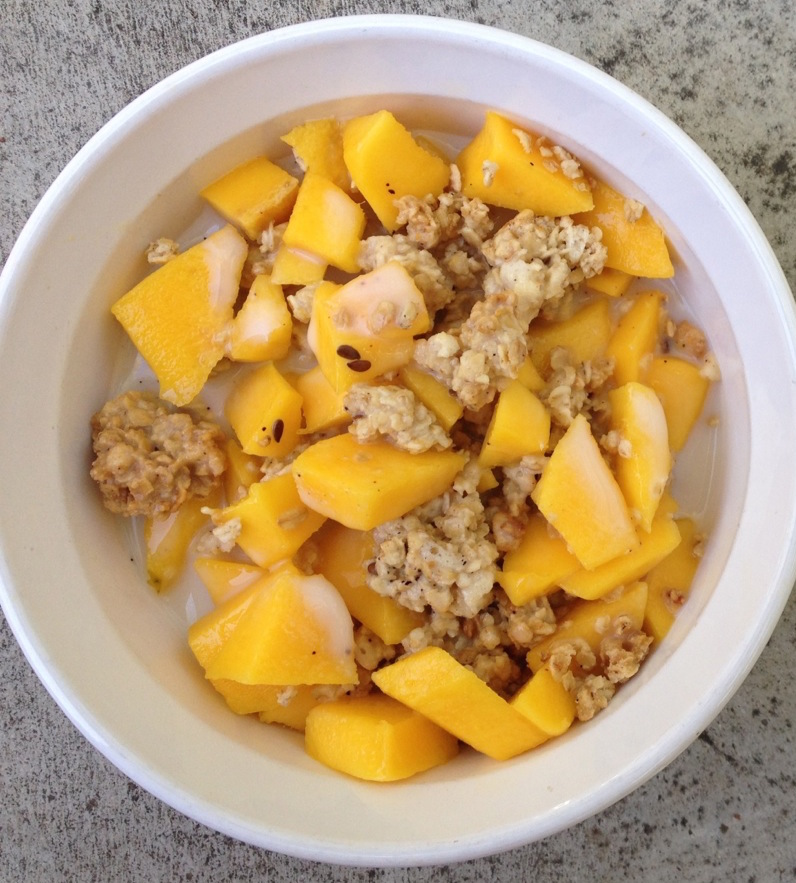Apparently, too much of a good thing is a pill that only goes down with a spoonful of sugar in today’s society. After all, dessert seems to be America’s favorite food group. However, in most traditional cuisines, highly refined ingredients were harder to come by and desserts as we know them were reserved for special occasions, like weddings. Now, it seems that just making it through the afternoon is a special occasion, and sweet treats are hard to avoid.
Although most desserts are fairly nutritionally empty, by tweaking the ingredients, we can add necessary fiber, vitamins, and minerals into a food that usually lacks essential nutrients. Rather than trying to minimize the damage by choosing dessert ingredients that might not be as bad as others (for example, replacing table sugar with agave or coconut sugar), we see dessert as an opportunity to deliver the good stuff.
Whole Grains. Bakers can typically substitute up to 50% of the all-purpose flour in a recipe with whole wheat flour, without making other adjustments, and still enjoy a comparable taste and texture. That said, you can have your 100% whole grain cake and eat it too. Start with easily adaptable recipes, like cookies, scones, and quick breads, or dark, rich foods like chocolate cakes and spice cakes. When converting recipes to whole grain, we recommend an additional two teaspoons of liquid per cup of whole wheat flour, as whole grains tend to absorb more moisture. Also, replacing 2 to 3 tablespoons of the liquid in the recipe with orange juice helps temper the flavor. Other ways to sneak whole grains into desserts include making a rice pudding inspired dish with brown rice, millet, or bulgur, or making a seasonal fruit crumble with oats.
Fruit. When we advocate fruit as a typical daily dessert, this doesnt necessarily mean that you are just going to eat a plain apple (although thats a perfectly wonderful choice). We’re talking about desserts that showcase the fruit itself like grilled pineapple, baked apples, or poached pears or fresh fruits served with a few flourishes like a little scoop of frozen yogurt and a sprinkle of dark chocolate shavings, fresh mint, or nuts. Its also great to try using fruit as the main source of sweetener and see how much added sugar you can omit. For example, granitas, smoothies, and frozen desserts can be sweetened with citrus fruits or berries, while baked goods can be sweetened partly with apple juice, dates, bananas, raisins, or prunes.
Nuts and Healthy Oils. Fats are an important part of a healthy diet, and are often necessary to add flavor and texture to desserts. But by choosing certain fat sources over others or using other ingredients to add moisture we can help swing the nutrition pendulum in the right direction. Applesauce, Greek yogurt, avocado, peanut butter, and olive oil are all nutritious ingredients that can help contribute to the texture and moisture that you expect from desserts, while also delivering beneficial nutrients. Using peanut butter or nut butter in cookies can swap out some of the usual fat for a heart healthy source, and add a delightfully nutty flavor. There are also a number of Mediterranean-inspired spice cakes and citrus cakes made with olive oil. If you’re really feeling adventurous, there are even sweet avocado recipes popping up that lend an unmistakable creaminess to brownies, puddings, and other treats.
Inspired to start experimenting Here are some of our favorite healthy dessert recipes to get you started:
- Whole Grain Peanut Butter Chocolate Chip Cookies (above)
- African Heritage Mango and Papaya After-Chop (right)
- Spiced Medjool Date and Walnut Brownies
- Parchment Baked Fruit
- Pain Epices French Honey Rye Cake
Kelly Toups, Oldways Whole Grains Council program director








Leave a comment